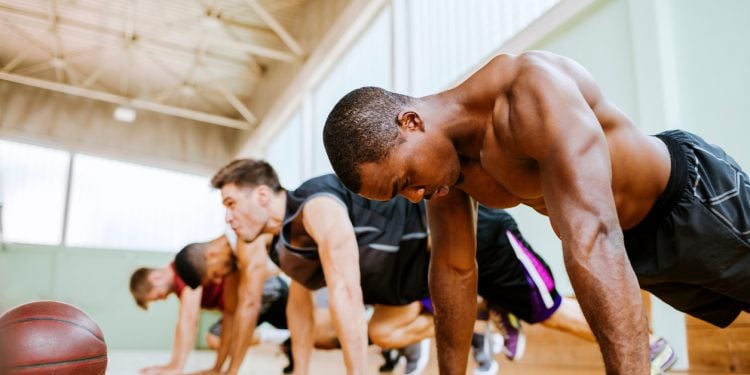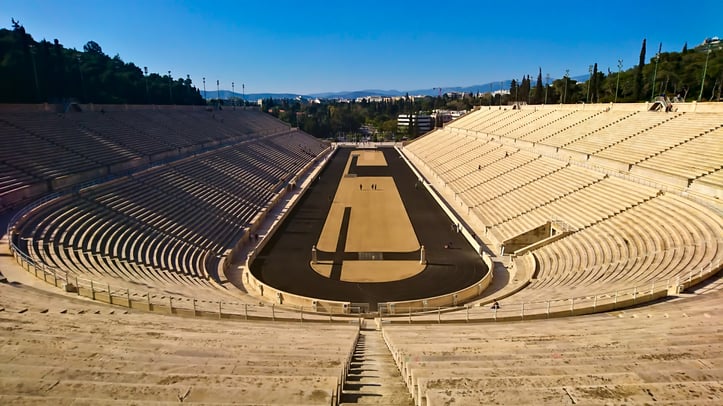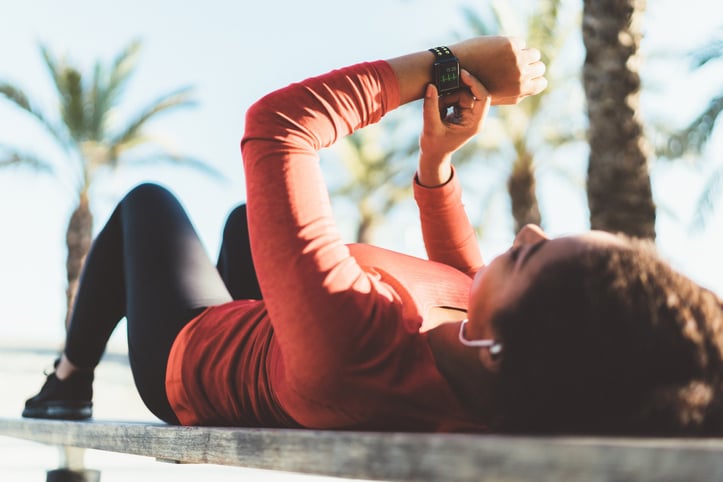A successful sports performance program may be summarized by two primary outcomes; athlete availability and athlete durability. Therefore, it is the responsibility of the sports performance professional to ensure the program is designed and implemented using the appropriate exercise selection, acute variables, and done in the right environment for adaptation to occur. As indicated, proper progression must also be applied to continually enhance the level of performance.
Read also: Exploring the Science of Recovery
This also means that the professional must be acutely aware of and using the proper techniques to mitigate factors that may interfere with optimal performance or even worse, cause injury. One thing to look out for would be signs of overtraining.
Overtraining is not exclusive to elite athletes. Any individual engaged in a training program may be susceptible to overtraining. This occurs when there is an imbalance in any one or more of the following factors:
- Training : Recovery
- Exercise : Exercise Capacity
- Stress : Stress Tolerance
Overtraining may simply be explained as excessive frequency, duration, volume, or intensity of training sessions causing the body’s inability to recover and adapt. Overtraining has two major forms – sympathetic and parasympathetic. Having a better understanding of how to recognize the differences will help you select the most appropriate recovery modality to support your client or athlete.
Sympathetic overtraining is associated with high amounts of anaerobic activity. In addition to obvious performance decrements, sympathetic overtraining may be characterized by unusual restlessness or excitability, disturbed sleep, weight loss, accelerated resting heart rate and delayed recovery. For an athlete who may be experiencing sympathetic overtraining, you would want to employ parasympathetic recovery techniques.
This would include modalities such as meditation and other relaxation techniques including massage, hot tubs, and deep water floating. Taking a nap during the day is also recommended. Likewise, active recovery methods such as light intensity resistance training would be indicated. These methods can help reduce the chance of exercise burnout and facilitate proper recovery. Athletes should avoid taking any form of stimulant during this time.
On the other hand, parasympathetic overtraining is associated with high volumes of aerobic activity. For athletes experiencing this type of overtraining, you would want to focus on sympathetic recovery techniques. In this case, low intensity active recovery options are still good choices, however you could augment the recovery program with modalities such as electric muscle stimulation (EMS), cryotherapy, contrast baths, saunas, or cold water swimming.
Symptoms of parasympathetic overtraining include depression and decreased heart rate in addition to fatigue and decreased performance. Opposite to sympathetic overtraining, those suffering from parasympathetic overtraining often have undisturbed sleep, can maintain a constant weight, and have the capacity to recover well from normal trainings.
Progressive and appropriate overloading is necessary in order to achieve specific adaptations required for optimal performance. It is also necessary to plan for rest and recovery, which is when adaptations occur. As sports performance professionals, we rarely can prevent injuries from occurring.
However, we can reduce risk factors that may prevent our athletes from being able to achieve optimal performance thus keeping them available to coaches and on-track to their personal performance goals. Appropriately managing their workload as well as proper planning and progression methodologies will mitigate the likelihood of setbacks due to overtraining.
Reference:
Budgett, R. (1998). Fatigue and underperformance in athletes: the overtraining syndrome. British Journal of Sports Medicine, 32(2), 107–110.
Budgett, R. (1990). Overtraining syndrome. British Journal of Sports Medicine, 24(4), 231–236.
James, D. V. B., Munson, S. C., Maldonado-Martin, S., & Croix, M. B. A. D. S. (2012). Heart rate variability: Effect of exercise intensity on postexercise response. Research Quarterly for Exercise and Sport, 83(4), 533-9.
Kreher, J. B., & Schwartz, J. B. (2012). Overtraining Syndrome: A Practical Guide. Sports Health, 4(2), 128–138.
















